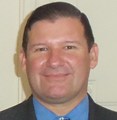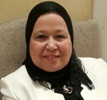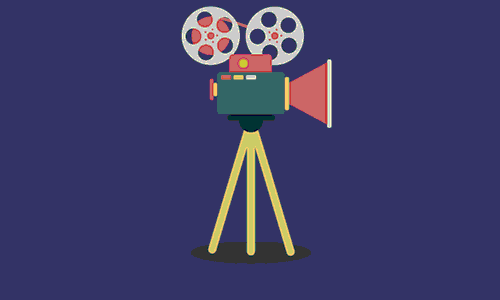- Submissions

Full Text
Research & Investigations in Sports Medicine
Pathological Changes in the Spinal Column, Accompanied by Pain in Female Athletes After Weightlifting
Bugaevsky KA*
The Petro Mohyla Black Sea State University, Ukraine
*Corresponding author:Bugaevsky KA, The Petro Mohyla Black Sea State University, Nikolaev, Ukraine
Submission: December 18, 2024;Published: February 04, 2025
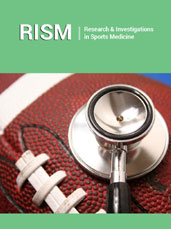
ISSN: 2577-1914 Volume11 Issue1
Abstract
This research article presents the results of his study, reflecting the results obtained on the causes and localization of pain syndrome in various parts of the spinal column, as well as pathological changes in these parts of the spinal column, in female athletes professionally engaged in weightlifting with the lifting of a significant volume of weights. Based on the analysis and generalization of literary sources, as well as the results of the pedagogical experiment and the conducted clinical study, the article provides data on the causes, prevalence and manifestations of back pain when practicing female athletic sports, and also analyses the results. Analysis of the causes of pathological changes in different parts of the spine, including at the level of the PDS, back pain of different localizations, in all athletes of both age groups, ambiguously indicates that the dominant causes of back pain are injuries/microtraumas of the muscular, ligamentous and articular apparatus of the back and different parts of the spine suffered earlier, during training and performances, as a result of failure to observe adequacy during the warm-up and performance of physical weight loads by athletes, with insufficient control over them, the coaching team, including the sports doctor. We believe that the pathological changes we have identified, both in the muscular system and in various parts of the spine and its structures, are caused by physical activity that is inadequate in strength, frequency and volume, which is a direct consequence of micro- and macro-trauma, hypoxia, disruption of homeostasis in the affected areas of the spine, in the PVMS of various localizations, joints and muscular system of female athletes.
Keywords: Female athletes; Athletic sports; Back pain; Myalgia; Musculoskeletal pain; Lumbosacral region; Protrusion; Vertebral hernia
Introduction
Modern athletic sports involving women of different age groups are mainly represented by weightlifting, kettlebell lifting, powerlifting, bodybuilding, arm wrestling and mas-wrestling, as well as triathlon and cross fit. Although, there are other modern sports where female athletes actively work with weight lifting and have a significant physical load on the spine and its parts, especially on the lumbosacral region. At the same time, many of them, as a result of long and intensive training, when performing physical exercises with different amounts and volumes of weights (barbells, kettlebells), experience excessive, sometimes not always adequate loads on different parts of their skeleton, mainly on the thoracic, lumbar and lumbosacral spine, given that they have an insufficiently developed muscular “corset” of the back and lumbar region. As a result, they quite often experience back pain, often in the thoracic spine, lumbar and lumbosacral region, of varying intensity and duration, often with certain accompanying neurological symptoms. Most often, the cause of these violations are the elementary failure to comply with the technique of performing physical exercises, insufficient, in terms of volume and duration, warm-up before starting to perform the main exercises, during training, and the lack of proper control over the technique of lifting weights and their volume, age-related and physiological changes in athletes, on the part of the coach and sports doctor, as well as the lack of the proper level of physical fitness in the athlete herself [1-7]. In this regard, the purpose of our study is to determine the changes occurring in the cervical and thoracic spine, lumbosacral region, their manifestations and prevalence, including pain manifestations, existing anatomical and morpho functional changes, in athletes involved in athletic sports.
Aim of the Article
The purpose of this research article is to present and analyse the results of the study conducted by the author to identify structural and morpho functional changes in the spine, accompanied by pain syndrome of varying intensity, in different age groups involved in such types of strength athletic sports as weightlifting, kettlebell lifting and powerlifting.
Hypothesis of the Article
During the preparation for this study, its author put forward the following working hypothesis, the essence of which was as follows: in female athletes of different age groups, depending on age and level of sports qualification, who have been engaged in such types of strength athletic sports as weightlifting, kettlebell lifting and powerlifting for a long time, various structural and morpho functional changes in the spine, accompanied by pain syndrome of varying intensity, can be identified.
Method and Materials of the Study
To achieve the aim of the study, we used a set of scientific methods, including the analysis of available scientific and scientificmethodical sources of information, determination of anatomical features and pathological changes in the spine, including the lumbosacral region in female athletes, examination, palpation, neurological examination, medical documentation data, including the results of examination by a neurologist, if necessary-X-ray or computed tomography examination of the spine and all its structures, interviewing. The experimental base of the study were sports sections in which female athletes of adolescent and mature (reproductive) age trained, engaged in a number of athletic sports, such as weightlifting, kettlebell lifting and powerlifting. All athletes who took part in the study conducted by the author gave their voluntary, both oral and written consent to participate in it. Measures were taken to determine in the studied groups of female athlete’s pathological changes in the muscular framework of the thoracic and lumbar regions, the spine, including in its articular and ligamentous apparatus, especially in its thoracic and lumbar regions, from the side of the thoracic and lumbar vertebrae, with their articular and ligamentous apparatus, the sacrum, intervertebral discs, peripheral nerves, the degree, severity, localization and duration of pain syndrome.
Results of the Study and Discussion
The experiment involved female athletes of adolescent age involved in weightlifting (n=17), kettlebell lifting (n=16) and powerlifting (n=18). The average age of the female athletes of adolescent age was 19.51±1.17 years, which corresponds to this age criterion, and the average age of the female athletes from Group I of mature (reproductive) age was 24.37±1.14 years. Of these, 14 athletes are involved in weightlifting, 12 in kettlebell lifting, and 13 in powerlifting [8]. The length of practice in these sports ranged from 3 to 9.5-10 years. The level of sports qualification of the female athletes ranged from II-I category to Candidate for Master of Sports (CMS) and Master of Sports (MS). The intensity and frequency of classes was 4-6 times a week, from 1.5-2 to 3 hours per 1 class. As a result of the conducted studies, including a questionnaire (author’s questionnaire-Bugaevsky KA., 2021©), interview, examination, palpation, neurological examination, X-ray and computed tomography examination of female athletes, it was revealed that the leading symptoms in female athletes were: Musculoskeletal pain, localized in the thoracic and lumbosacral spine, in nature - from acute, short-term, to constant, nagging-aching, radiating to the gluteal region, perineum and thigh, periodic phenomena of paraesthesia in one or two lower limbs, in the thighs, to the knee, a feeling of numbness and /or “crawling” ants, intensifying when trying to resume physical activity and when lifting weights [3,5-7]. In the anamnesis of the athletes of both groups, there is data on acute pain that arose for the first time and then repeated periodically, with varying frequency and severity, subsequently, directly related to lifting inadequate weight, an attempt to start lifting weights without a preliminary adequate “warm-up” and inadequate warmup, performing loads and a number of exercises in an uncomfortable body position, which confirms similar etiological factors identified by other researchers of this problem [1-7].
By palpation, painful areas were determined both along the thoracic and lumbar spine, in segments from C I-VII, Th I-XII, LI-V, SI and below, as well as in the area of the Spinal Motor Segment (SMS), with a predominance of pain sensations corresponding to the junction of the articular surfaces of the vertebral arches, with clinical manifestations of spondylolysis and spondylolisthesis in a number of young female athletes, confirmed objectively by radiography and/or computed tomography, in the lumbar spine [1-7]. The conducted X-ray and computer tomography studies indicated the presence in a significant number of sportswomen of the phenomena of protrusions and spinal hernias, with localization in the thoracic and lumbosacral regions, clinical manifestations of spondylolisthesis and osteochondrosis, cervical, thoracic and lumbar spine, the phenomena of dystrophic changes in the nucleus pulposus, articular surfaces of the vertebrae and their arches, dissipation and compression disorders, varying degrees of severity of destruction and deformation of the fibrous ring and nucleus pulposus, which are often a consequence of acute, and subsequently chronic (permanent) microtrauma, muscle, ligament and articular surfaces and formations of the spine. Also, with long-term training and many years of lifting weights, a number of athletes develop compression-degenerative changes in the vertebral bodies in the lumbar region, with instability of the Vertebral-Motor Segment (VMS) [1-7]. After conducting our study, in each of the age groups, processing the obtained questionnaire data and additional objective research data (X-ray and/or computed tomography), the data were obtained, which are presented in Table 1 & 2.
Table 1 presents data for the group of female athletes of youthful age. The analysis of the obtained results of examination of this age group of sportswomen, despite the short period of training in these athletic sports, already gives a rather “motley”, diverse in clinical and anatomical-morphological manifestations picture, pathology of the spine, in all its sections, with the involvement of muscular-connective tissue and cartilaginous formations in the process, in the presence of pain syndrome, paraesthesia and neurologically confirmed phenomena, inclusion in the pathological process, peripheral nerve fibres, at different levels of the VМS. The identified pathological processes are confirmed both clinically (symptomatology and objective examination data) and recorded according to X-ray data and the results of computed tomography [1-7]. A similar study was also conducted in a group of older female athletes of mature (reproductive) age, the results of which are presented in Table 2: As can be seen from the research data presented in Table 2, the existing consequences of micro-and microtraumas suffered during these athletic sports, as well as degenerative-pathological processes of the musculoskeletal and connective tissue apparatus, dominate in female athletes of this age group in all presented columns of the study, reaching in most positions the maximum, 100.00% result, which cannot but cause concern. As the sports experience and level of sports qualification increase, the mass of adipose tissue in female athletes decreases and the values of their sexual somatotypes shift, the saturation of their oestrogen background decreases and the level of their masculinization progresses, the process of traumatization and combined pathological changes in the muscular and musculoskeletal system of female athletes increases [1-7].
Table 1:Identified disorders in female athletes of adolescent age.

Table 2:Identified disorders in female athletes of mature age.

Conclusions
A. Analysis of the causes of pathological changes in different
parts of the spine, including at the level of the PDS, back pain
of different localizations, in all athletes of both age groups,
ambiguously indicates that the dominant causes of back pain
are injuries/microtraumas of the muscular, ligamentous
and articular apparatus of the back and different parts of the
spine suffered earlier, during training and performances, as
a result of failure to observe adequacy during the warm-up
and performance of physical weight loads by athletes, with
insufficient control over them, the coaching team, including the
sports doctor.
B. We believe that the pathological changes we have
identified, both in the muscular system and in various parts
of the spine and its structures, are caused by physical activity
that is inadequate in strength, frequency and volume, which
is a direct consequence of micro-and macro-trauma, hypoxia,
disruption of homeostasis in the affected areas of the spine, in
the PVMS of various localizations, joints and muscular system
of female athletes.
C. The analysis of the obtained materials, conducted by
the author of the study, fully confirms the hypothesis he put
forward.
References
- Belyaev VS, Chernogorov DN, Matveev Yu A, Toucher Yu L (2011) Biomechanical factors in the development of injuries of the spinal motion segments in qualified weightlifters. Man, Sport, Health V International Congress, pp. 319-320.
- Ingushev Ch, Gilyasova M (2016) Prevention of sports injuries in the classroom with students in weightlifting, powerlifting and kettlebell lifting. Interactive Science 2: 58-59.
- Kotova OV, Akarachkova ES (2017) Back pain: Epidemiology, aetiology, treatment. Consilium Medicom 19(2-3):
- Kurch NM (2018) Features of the use of therapeutic gymnastics for the prevention of pain syndrome in osteochondrosis of athletes-weightlifters. Improving the System of Physical Education, Sports Training, Tourism and Health Improvement of Various Categories of the Population. pp. 474-476.
- Sak AE, Antipova RV (2017) Features of degenerative-dystrophic lesions of the spine in athletes of various somatotypes. Physical Rehabilitation and Recreational and Health Technologies 2: 70-74.
- Semyonov AI (2016) Pain in the lumbar region in athletes. Actual problems in the development of traditional and secondary martial arts: Zbirn. sciences. prats Xmіzhn. Internet Science-method. National Academy of the National Guard of Ukraine, Ukraine, p. 521.
- Slesarenko D Yu (2019) Injuries in weightlifting. Young Scientist 6 (274): 69-71.
- Halimova D Zh (2020) Back pain in athletes weightlifters of Uzbekistan. Biology and Integrative Medicine 3(43): 36-44.
© 2025 Bugaevsky KA*. This is an open access article distributed under the terms of the Creative Commons Attribution License , which permits unrestricted use, distribution, and build upon your work non-commercially.
 a Creative Commons Attribution 4.0 International License. Based on a work at www.crimsonpublishers.com.
Best viewed in
a Creative Commons Attribution 4.0 International License. Based on a work at www.crimsonpublishers.com.
Best viewed in 



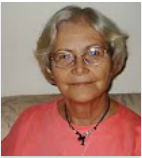



.jpg)
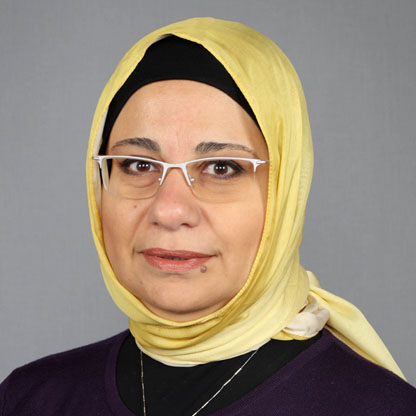


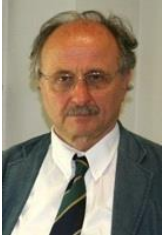





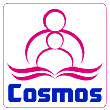




















 Editorial Board Registrations
Editorial Board Registrations Submit your Article
Submit your Article Refer a Friend
Refer a Friend Advertise With Us
Advertise With Us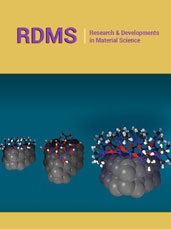
.jpg)
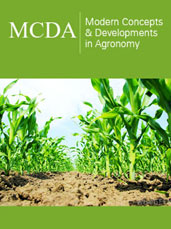
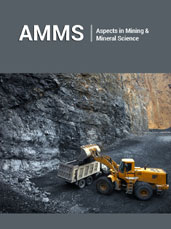
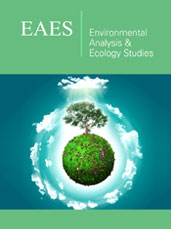


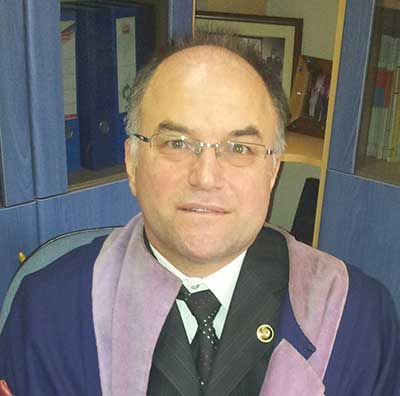
.jpg)




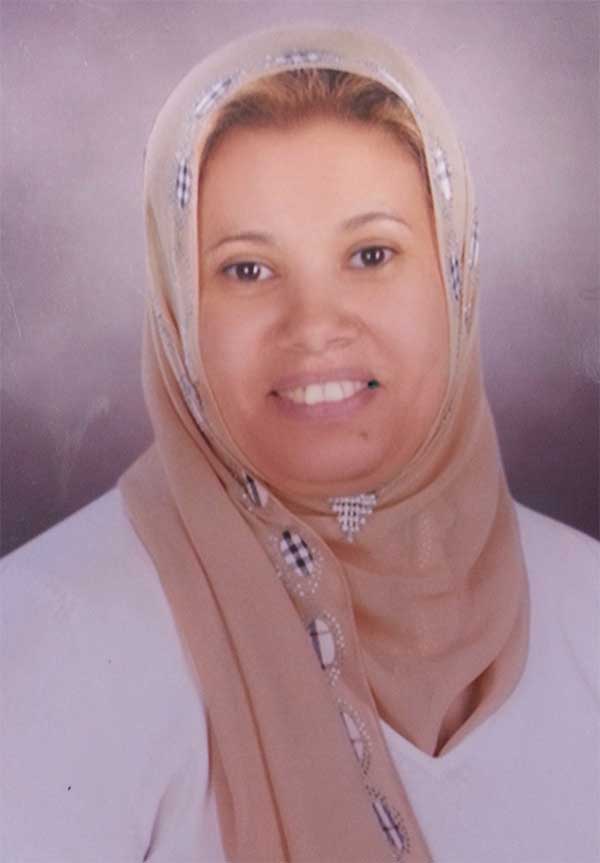



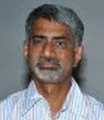





.bmp)
.jpg)
.png)
.jpg)







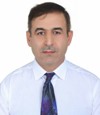

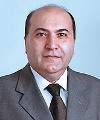
.jpg)


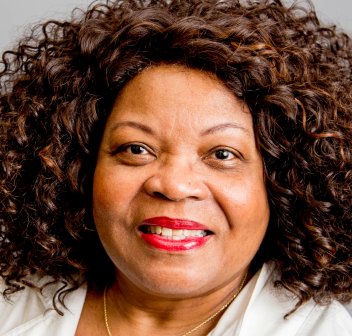



.png)

.png)



.png)
